The U.S. Space and
Rocket Center in Huntsville, Alabama is a museum operated by
the government of Alabama, showcasing rockets, achievements, and artifacts
of the U.S. space program. Sometimes billed as "Earth's largest space
museum", astronaut Owen Garriott described the place as, "a great way
to learn about space in a town that has embraced the space program from
the very beginning."
Opened in 1970, just after the second manned mission to the lunar
surface, the center not only showcases Apollo Program hardware but also
houses interactive science exhibits, Space Shuttle and Army rocketry
and aircraft. With more than 1,500 permanent rocketry and space exploration
artifacts, as well as many rotating rocketry and space-related exhibits,
the center occupies land carved out of Redstone Arsenal adjacent to
Huntsville Botanical Garden at exit 15 on Interstate 565. (A link to
the Botanical Garden is at the bottom of this page).
Two camp programs offer visitors the opportunity to stay on the grounds
and learn more about their respective subject matter. |
|
|
|
|
Below: The two RV Gypsies explored the
inside of the main building. |
|
|
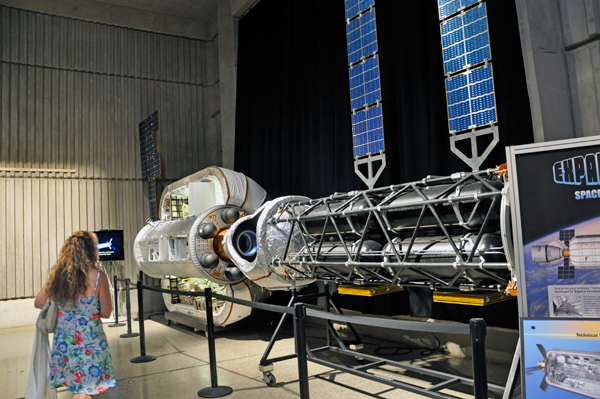 |
Below: Rocket Park: Some of the rockets
in the U.S. Space and Rocket Center. |
|
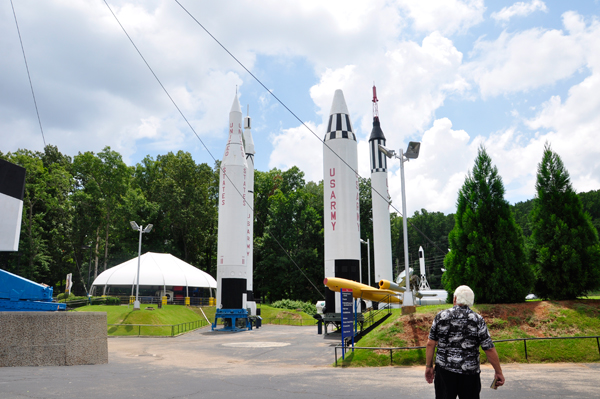 |
|
|
Below: The G-Force Accelerator
was closed while the two RV Gypsies were here. But if open, visitors
can train like an astronaut and experience three times the force of
gravity as you test your will in the G-Force Accelerator!
-
Experience 3 Gs pushing on your body!
-
Push against centripetal force to test your strength.
-
You must be at least 48 inches tall to ride the G-Force Accelerator.
You should not ride this simulator if you have any heart problems,
inner ear problems, asthma, seizures, pregnancy, back or neck pain,
claustrophobia, motion sickness, detached retina or any other major
medical condition. It was not open for riders when the two RV Gypsies
were here, or Karen Duquette would have tried it. |
|
Below: 12 Honor plaques of space missions |
|
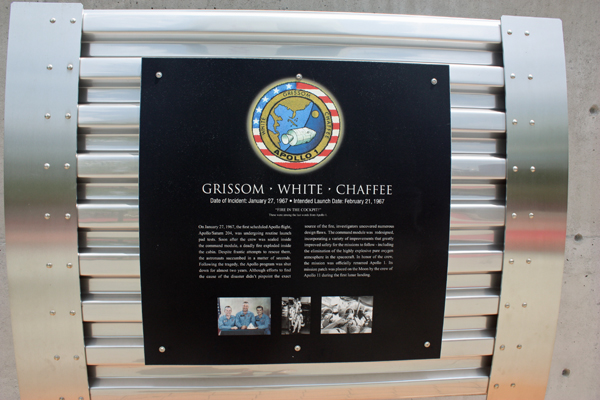 |
|
|
|
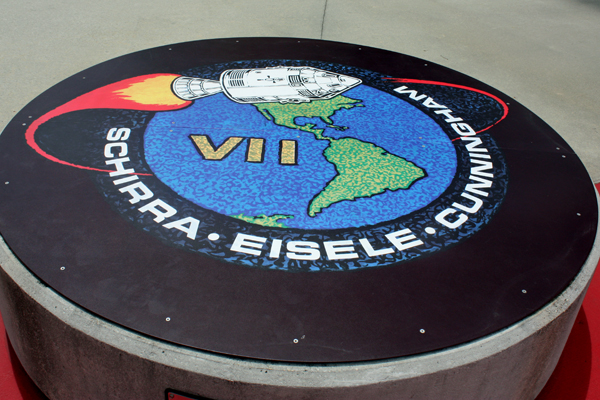 |
| |
|
|
 |
| |
|
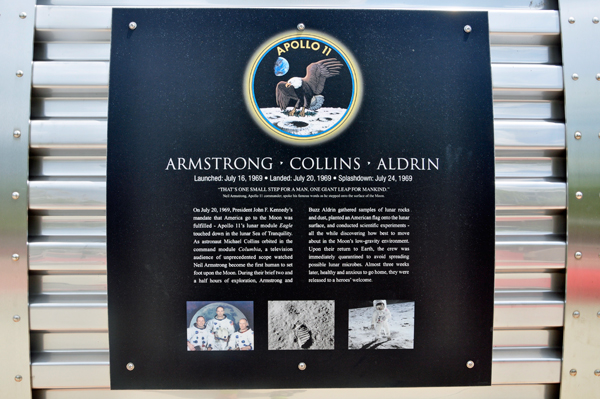 |
|
 |
|
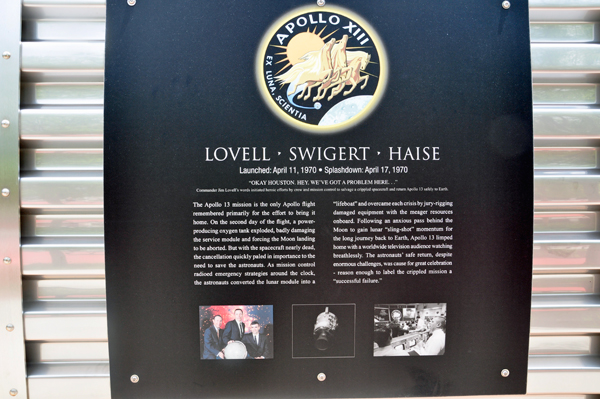 |
|
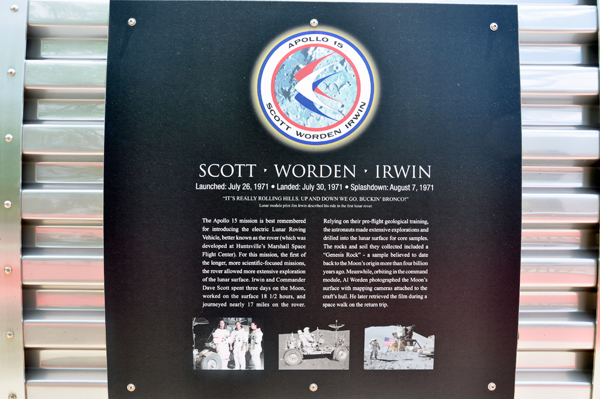 |
|
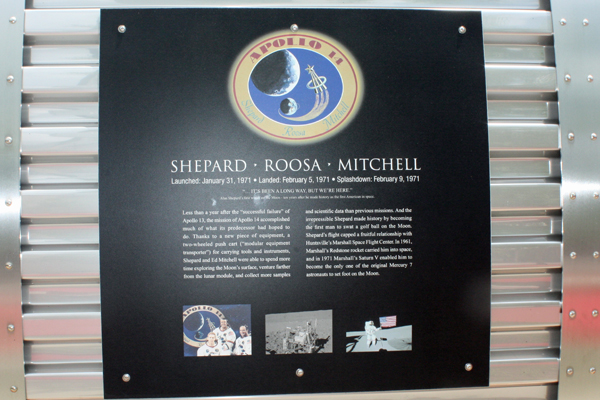 |
|
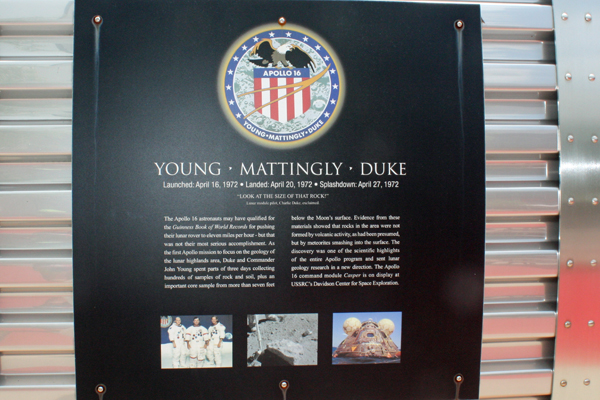 |
|
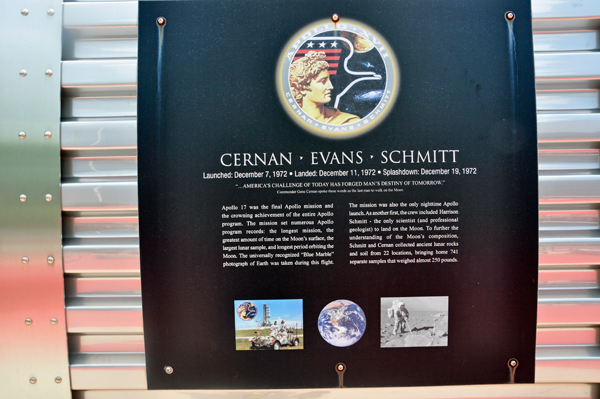 |
| |
Below: The outdoor rocket exhibit |
|
|
|
|
Below: The Moon Landing Monument of July
20, 1969 |
|
|
|
|
|
|
|
|
|
|
LOOK BELOW!!!
|
 Below:
Ilse, Karen and Lee each pushed down on the lever with all the thrust
they could muster. The number shown means how many people with the same
strength would equal the 7,500,00-pound thrust of the Saturn V rocket. Below:
Ilse, Karen and Lee each pushed down on the lever with all the thrust
they could muster. The number shown means how many people with the same
strength would equal the 7,500,00-pound thrust of the Saturn V rocket.
|
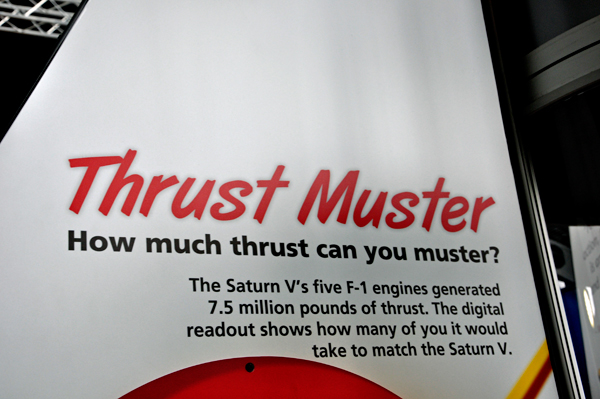 |
Below: Ilse Blahak would need 75,000
people. She was not thrilled with her score. |
|
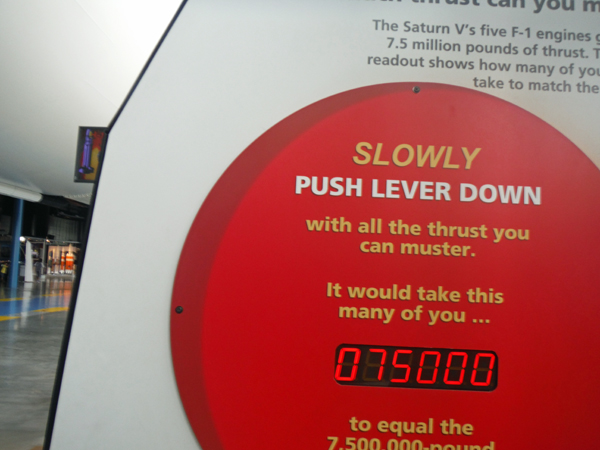 |
Below: Karen Duquette would need a bit
fewer people = 53,571 people. She was OK with her score. |
|
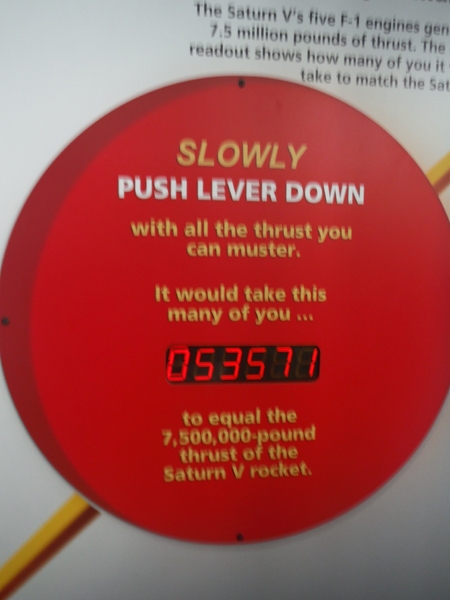 |
Below: And Lee Duquette was the strongest
of the three - he would only need 41,666 people. Way to go Lee! (but
nobody took his photo pushing on the lever- boo hoo!) |
|
|
|
|
Below: Gemini astronauts trained in this
capsule. |
|
|
|
|
|
|
|
|
Below: Karen Duquette and Ilse Blahak were dwarfed
by the big rocket. They can barely be seen in the photo below. |
Below: Swing Arm |
|
|
|
|
|
|
|
|
|
|
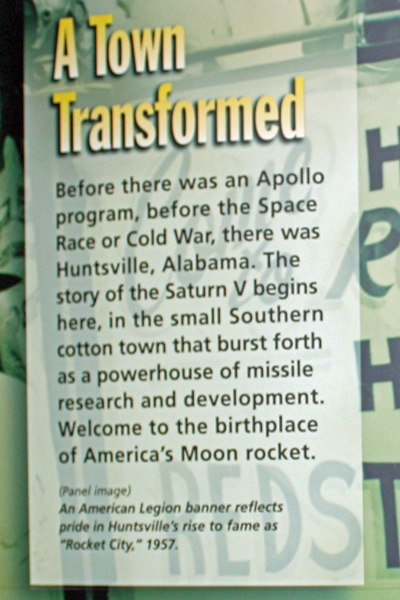 |
|
|
Below: The Actual Saturn 5 Rocket |
|
|
|
|
Below: Shuttle Park
Explore the most complete chronology of launch vehicles in the country,
including the world’s only fully-stacked Space Transportation
System (STS) that includes two solid rocket boosters, genuine space
shuttle main engine nozzles and a genuine external tank. This orbiter,
Pathfinder, is on display in Shuttle Park and is flanked by a T-38,
a twin-engine supersonic jet used in astronaut training.
Front view and side view of The Pathfinder- way too big to get the
whole thing in a photo! |
|
|
  A
fun FLASHBACK to 1978 - Renee and Brian Duquette A
fun FLASHBACK to 1978 - Renee and Brian Duquette
|
|
|
Below: Brian Duquette and his Dad |
|
|
Below: Saturn V Test Stand, also known as dynamic structural
test facility, at the George C, Marshall Space Flight Center in Huntsville,
Alabama is the test stand used for testing the Saturn V rock and the
Space Shuttle prior to the vehicles' first flights. it stands 363 feet
tall and is 98 feet square. Its central bay has maximum dimensions of
74 feet 74 feet. An elevator gives access to 15 levels of the structure. |
|
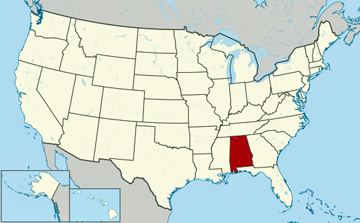
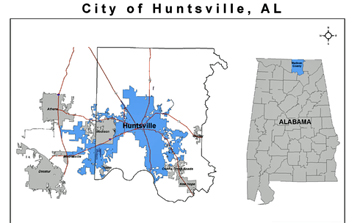
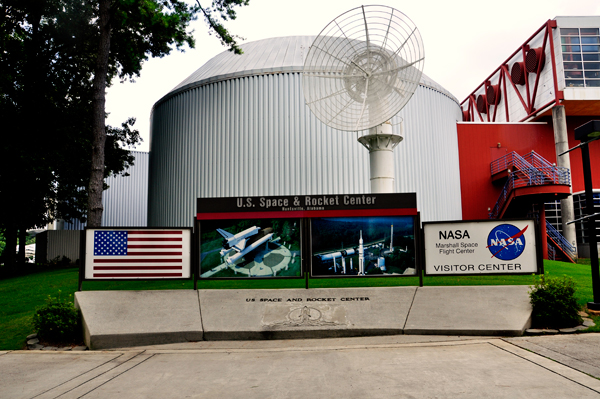
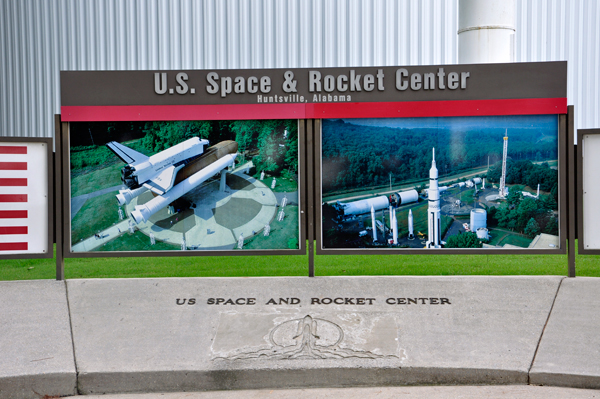
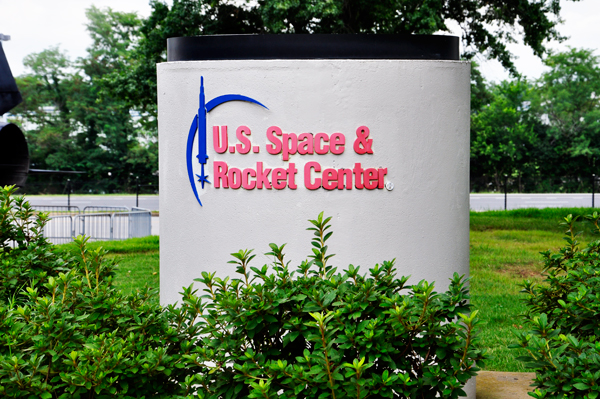
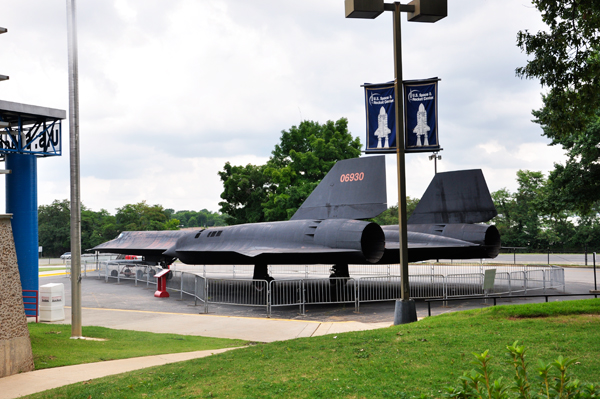
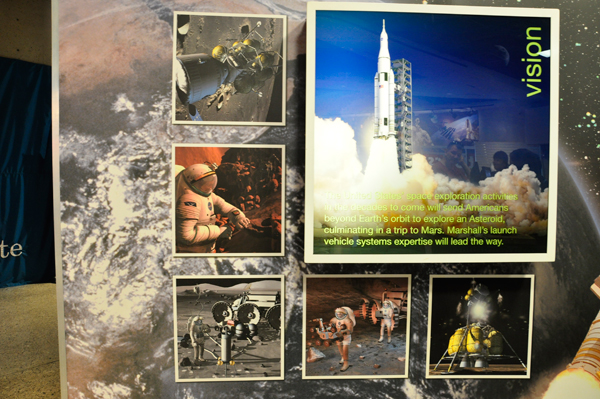
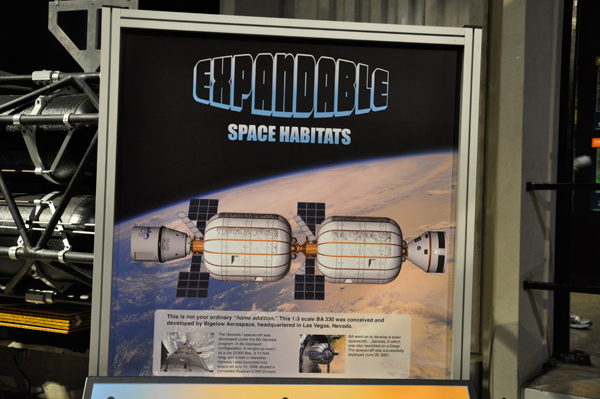

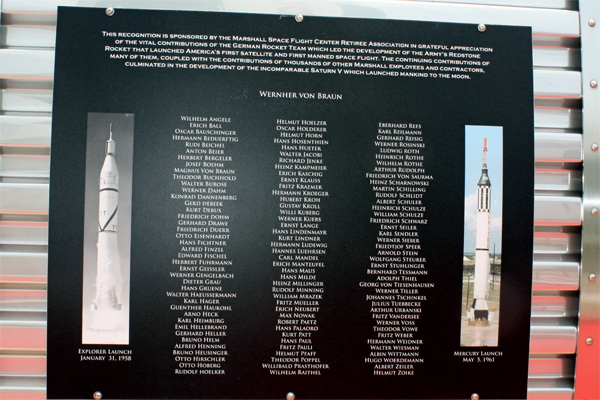

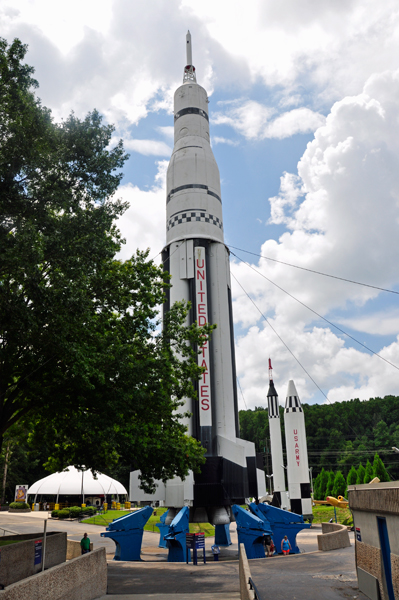
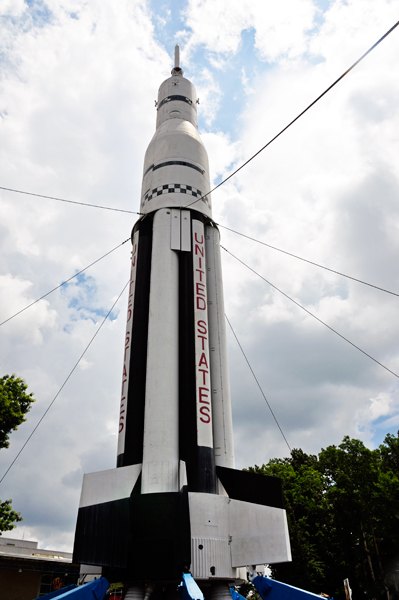
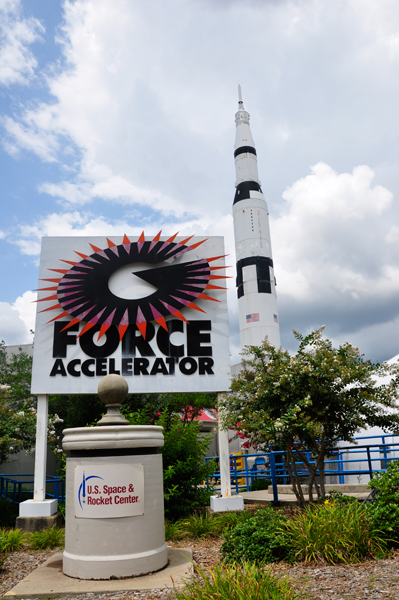
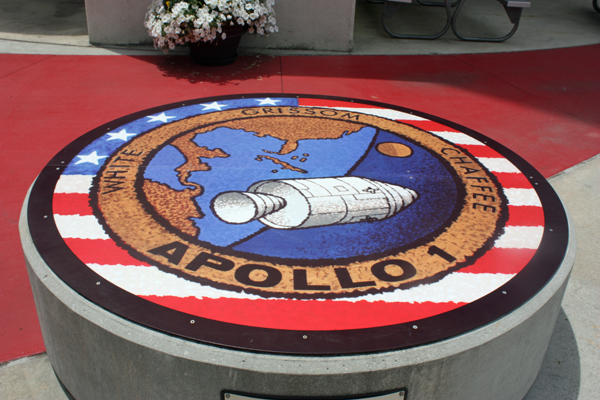

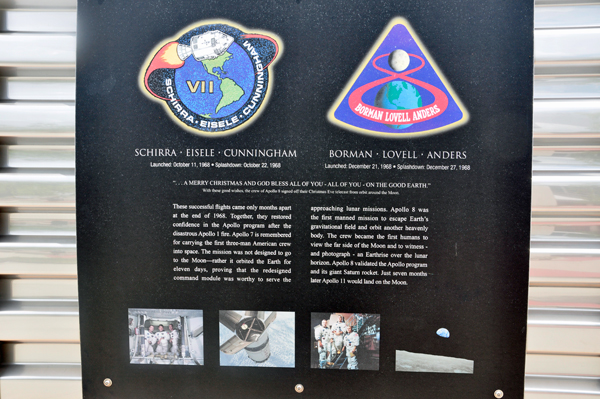
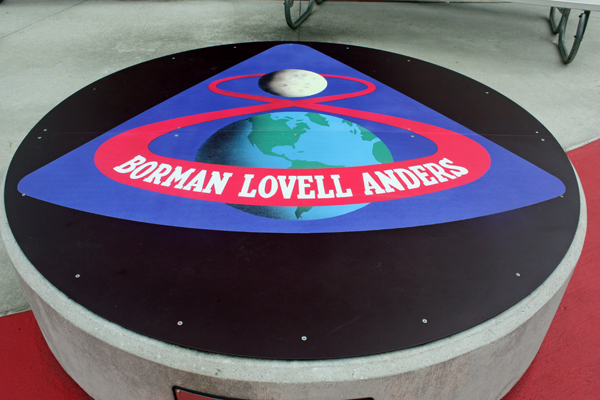

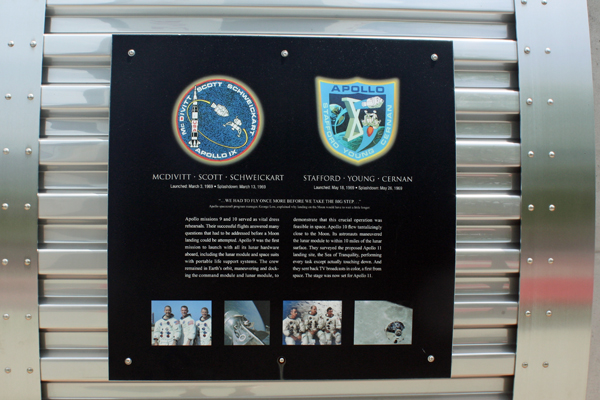
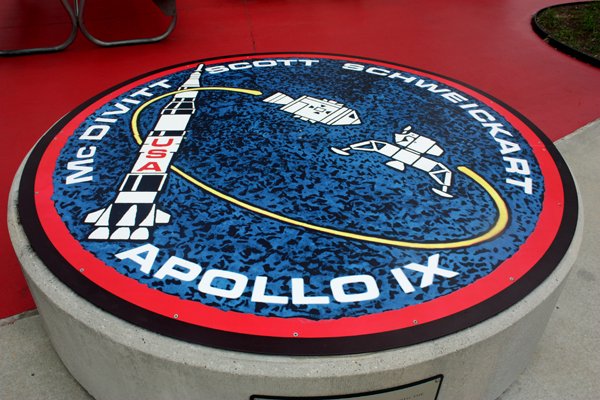

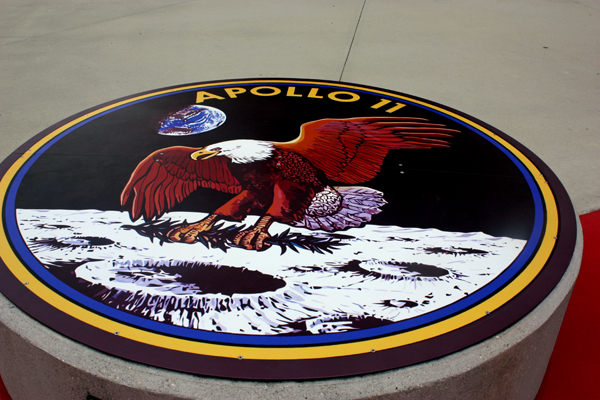

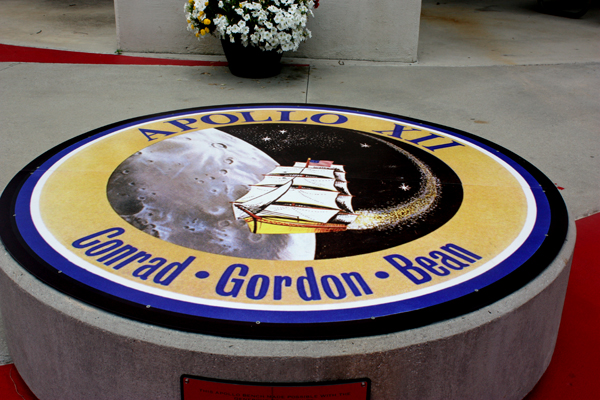



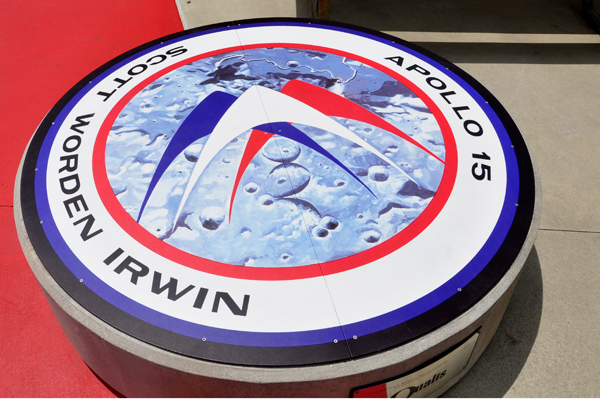

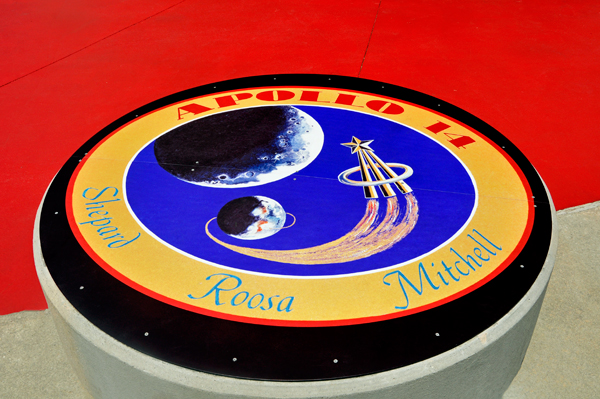

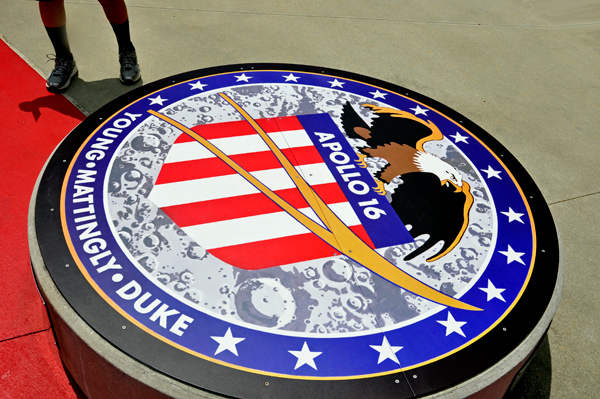

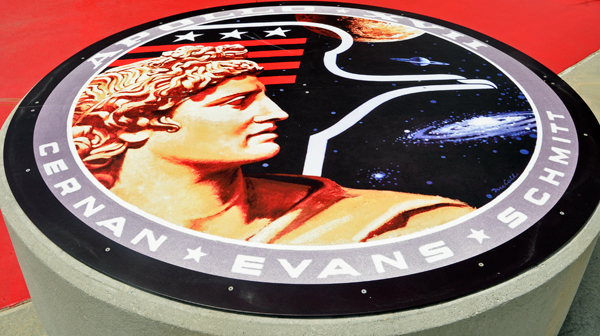

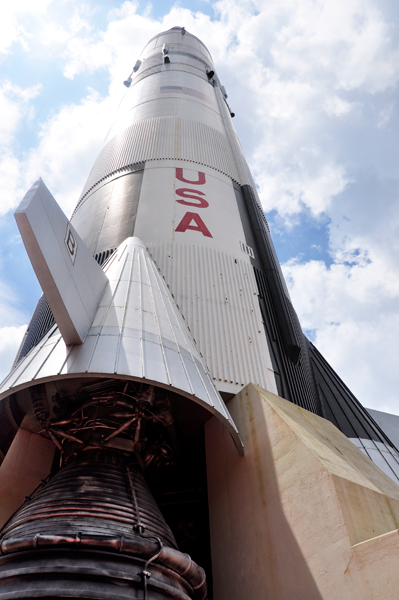
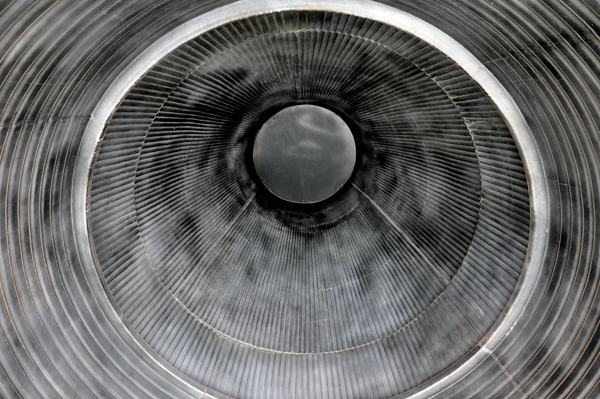
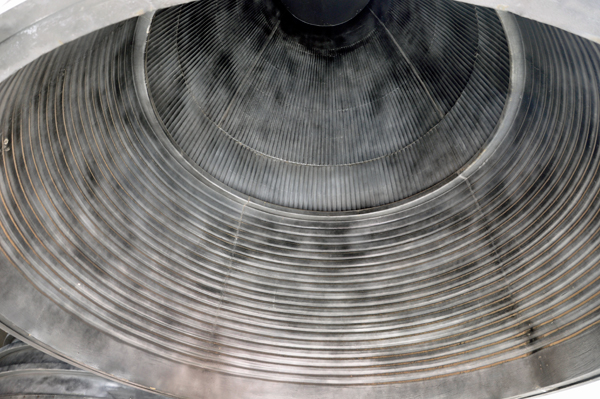
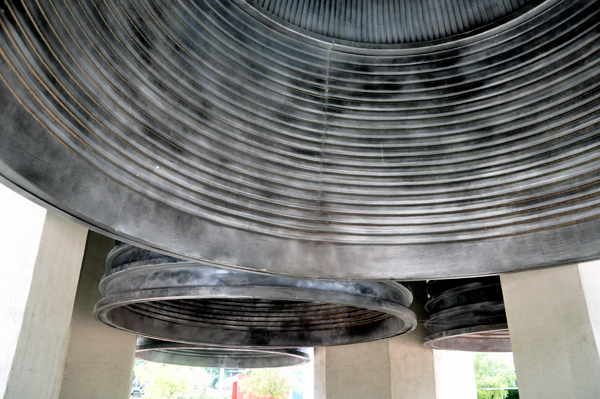
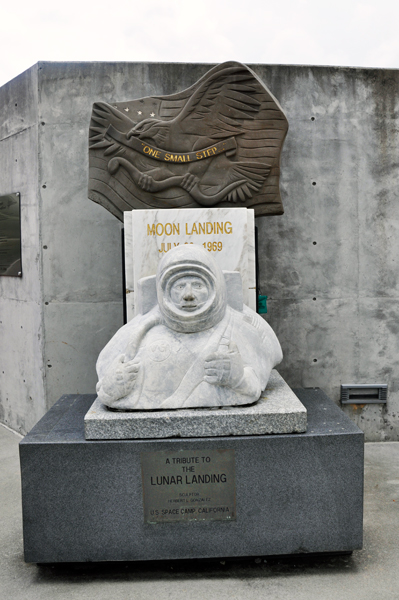
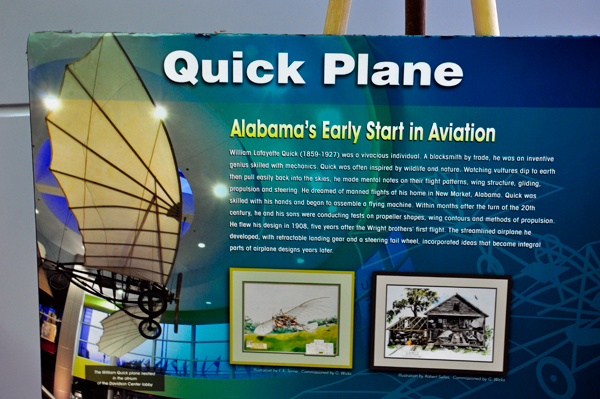
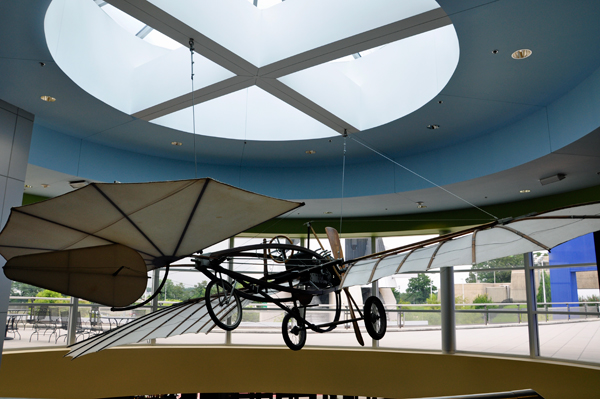
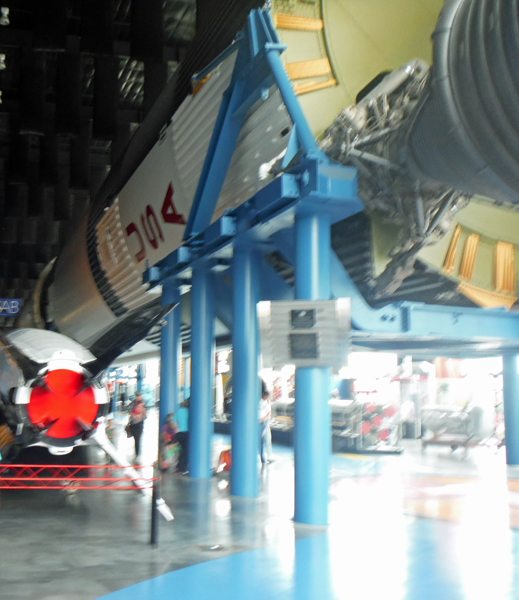
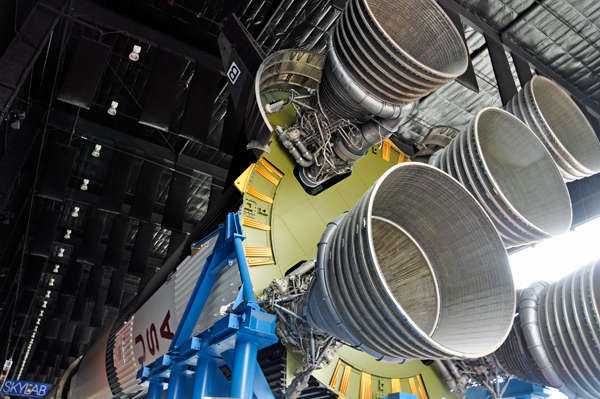
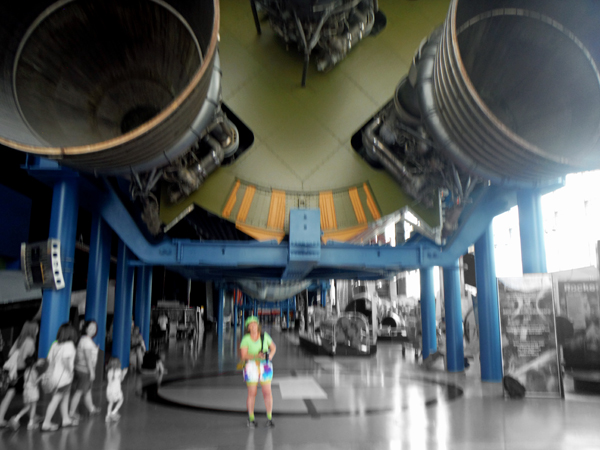
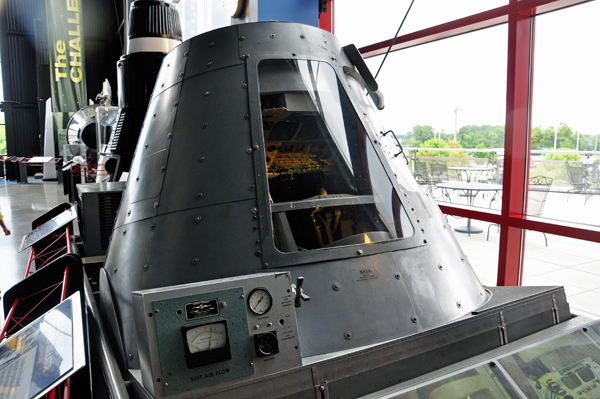
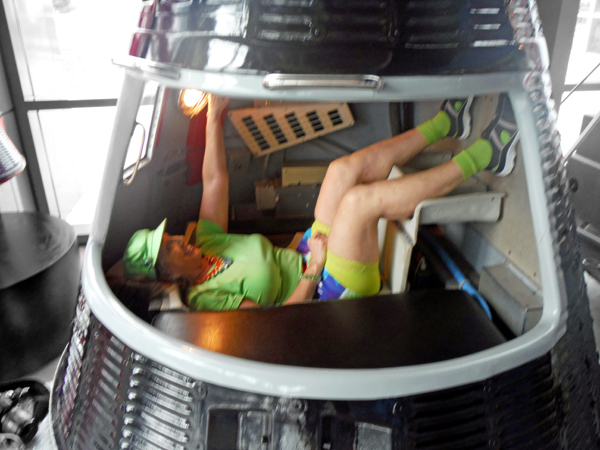
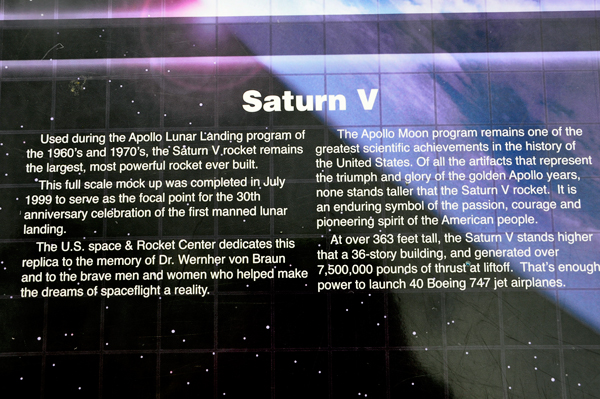
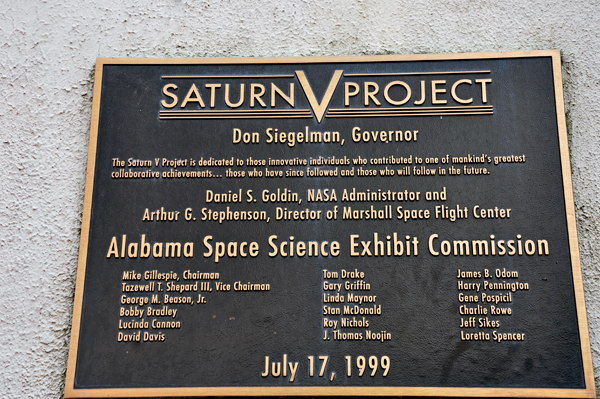

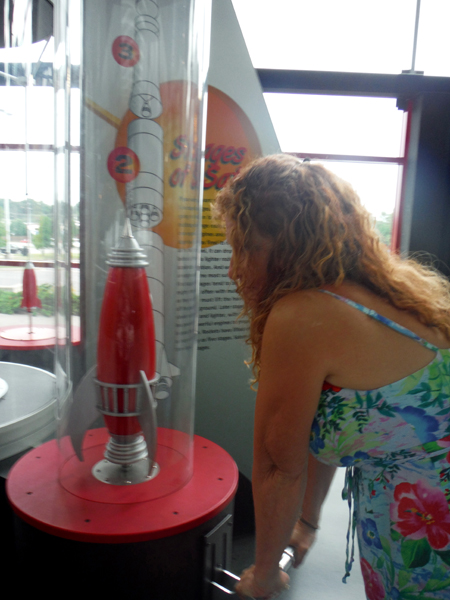


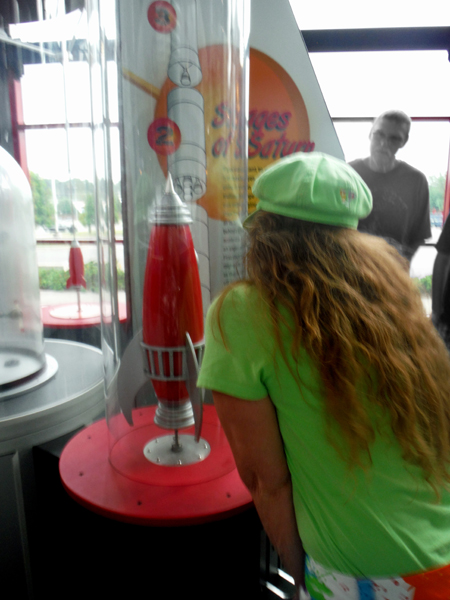

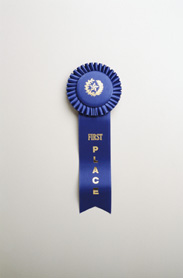
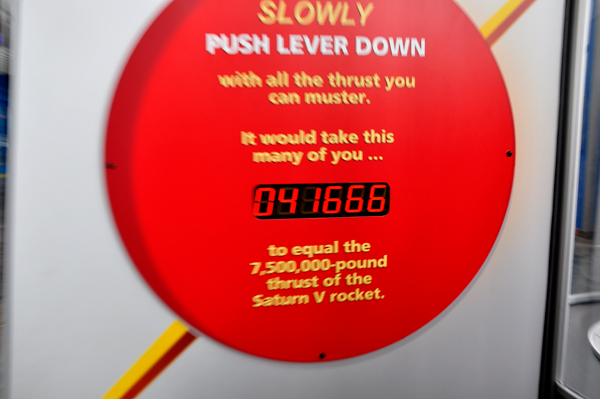
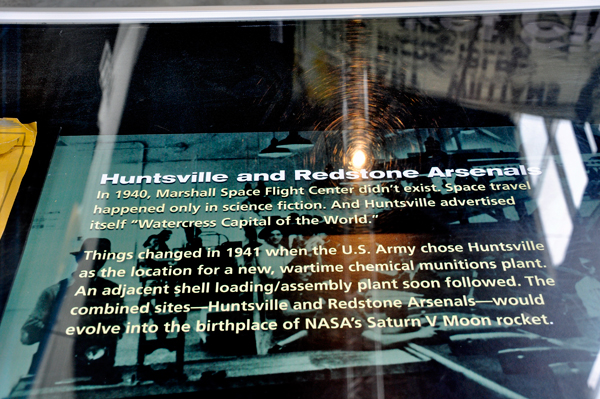
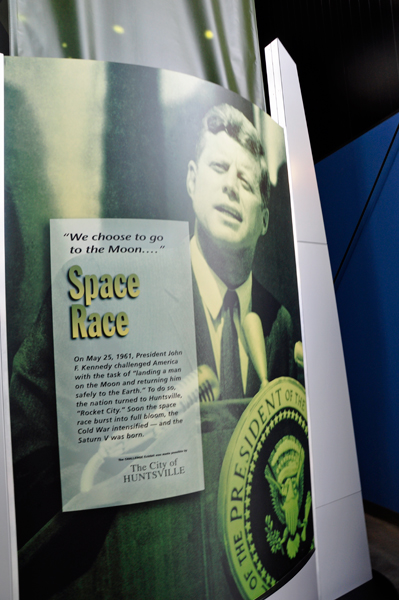
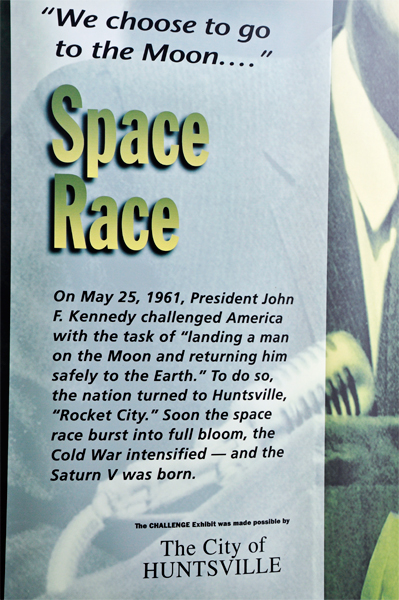
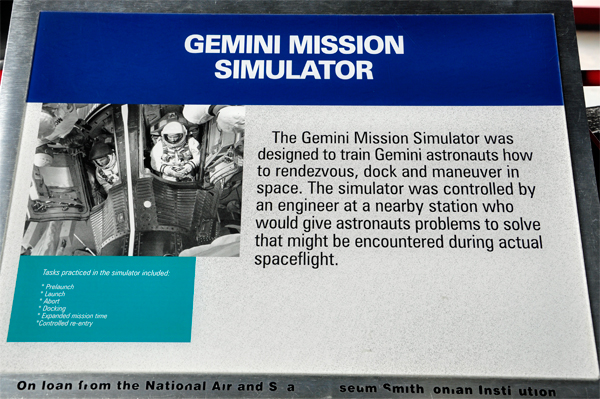
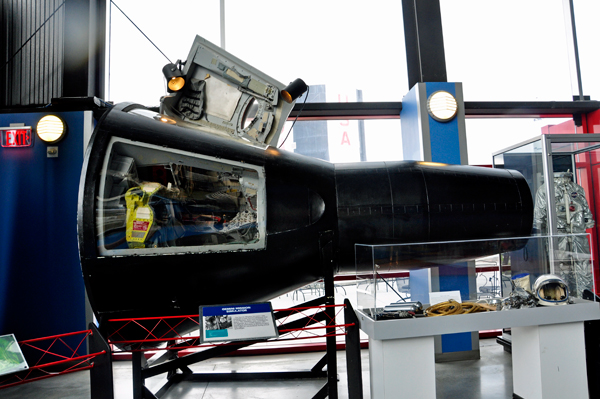
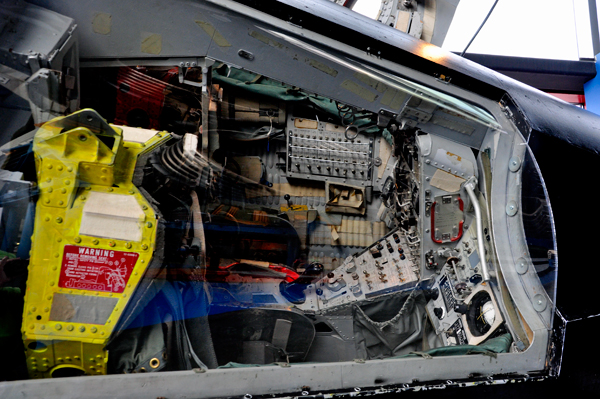
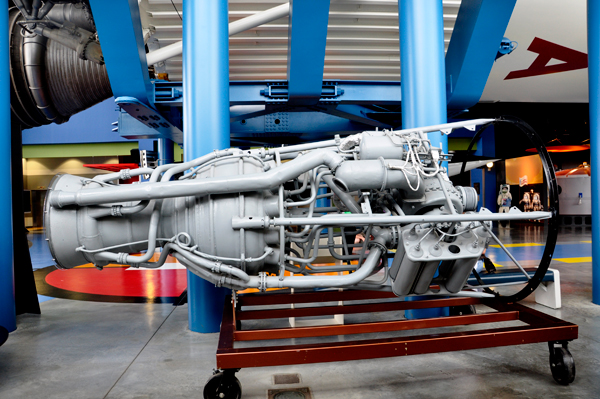
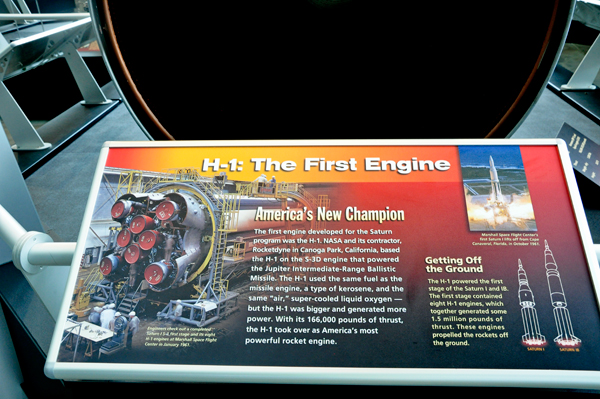
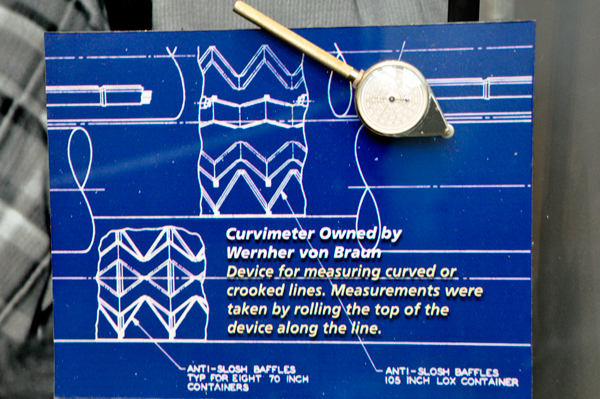
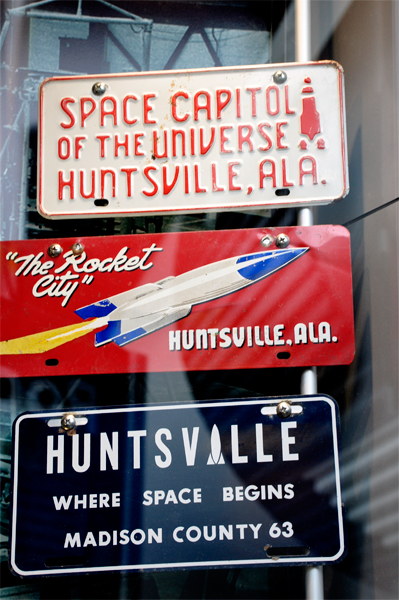
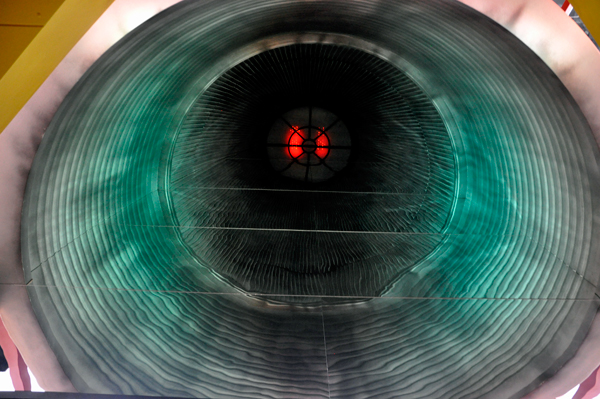
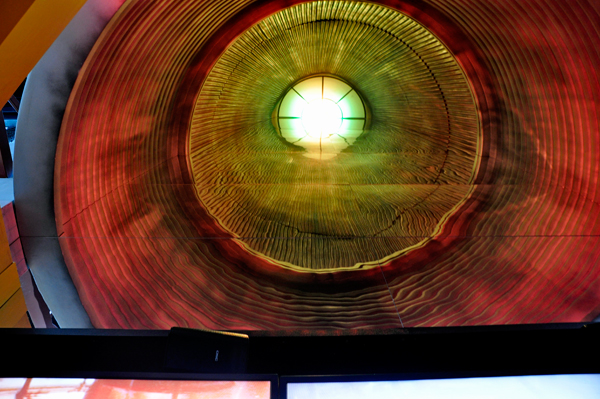
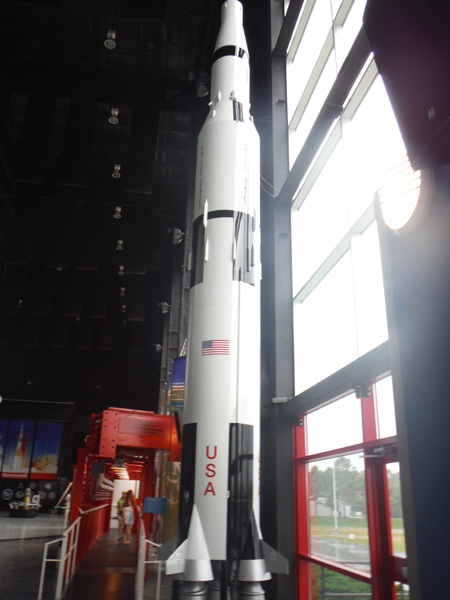
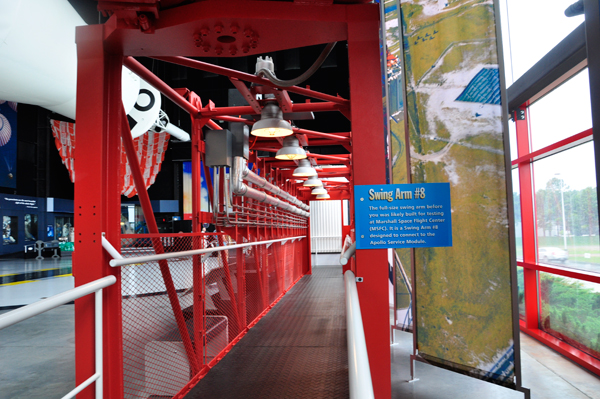
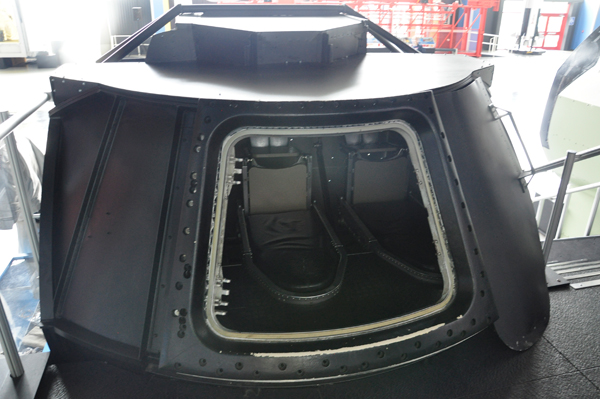
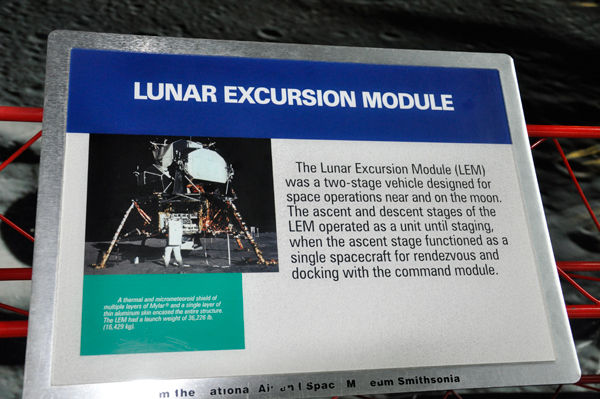
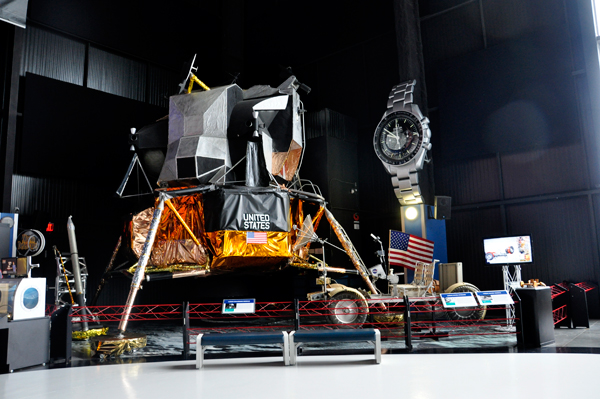
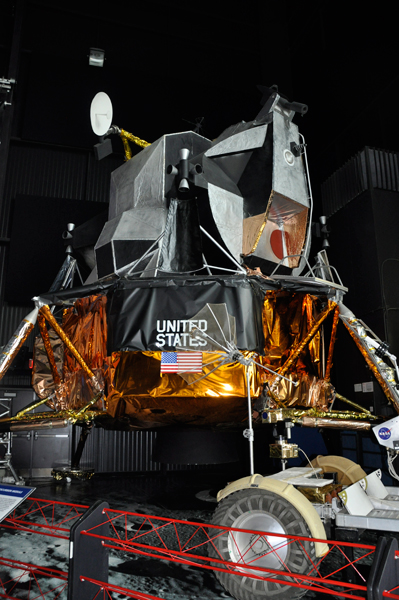
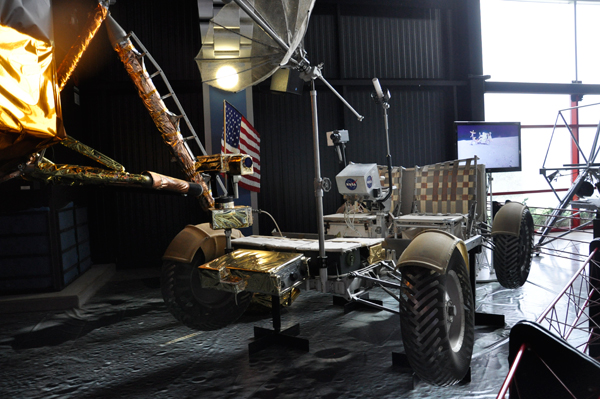

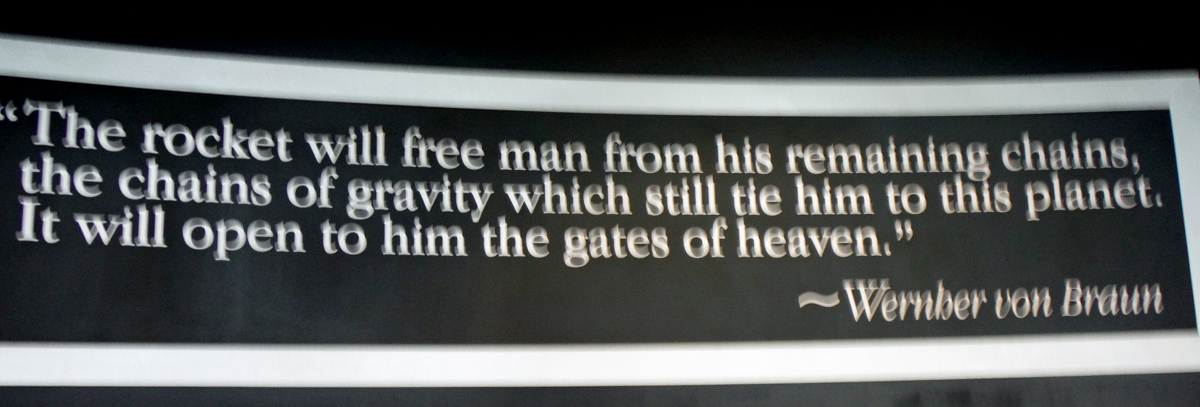
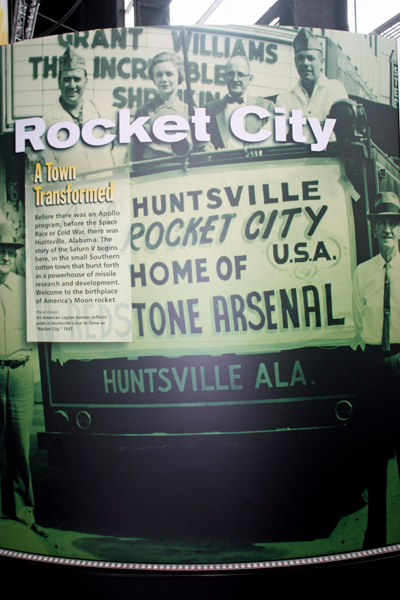

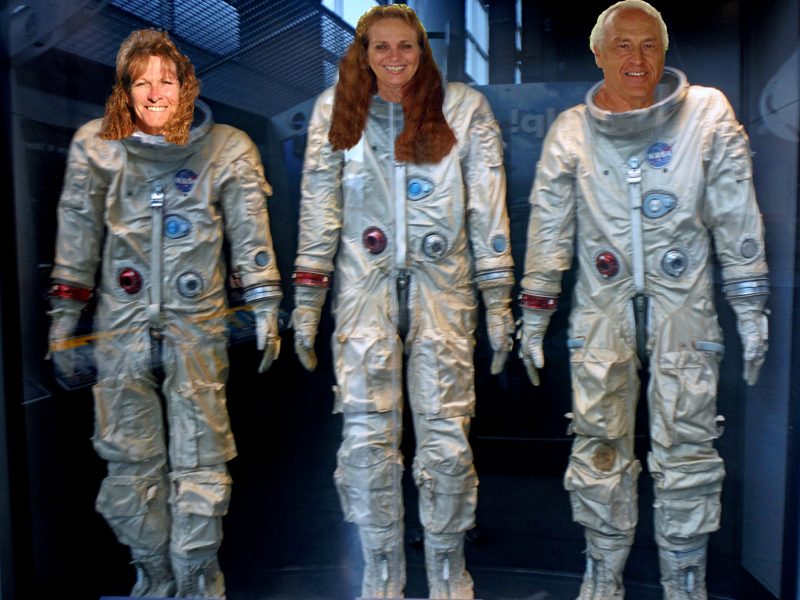
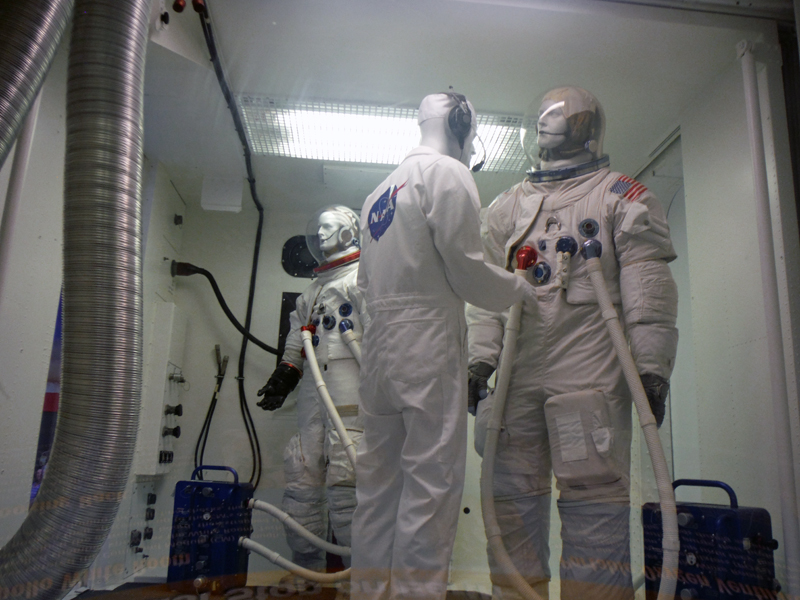
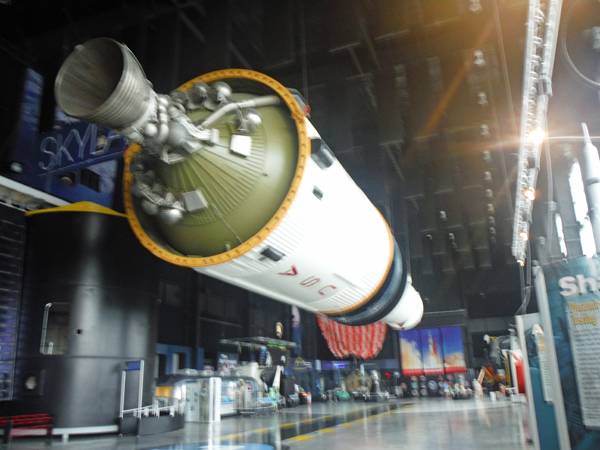
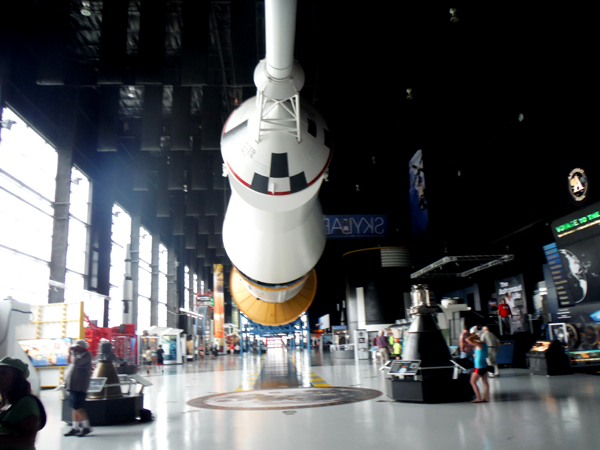
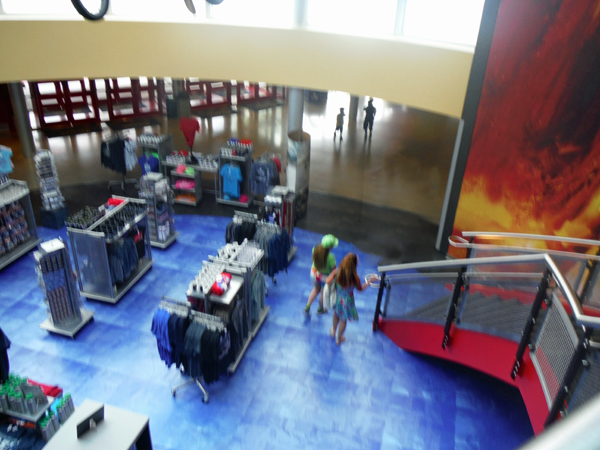
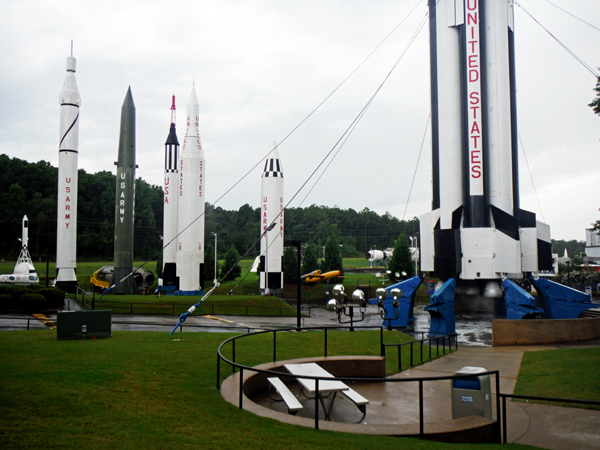
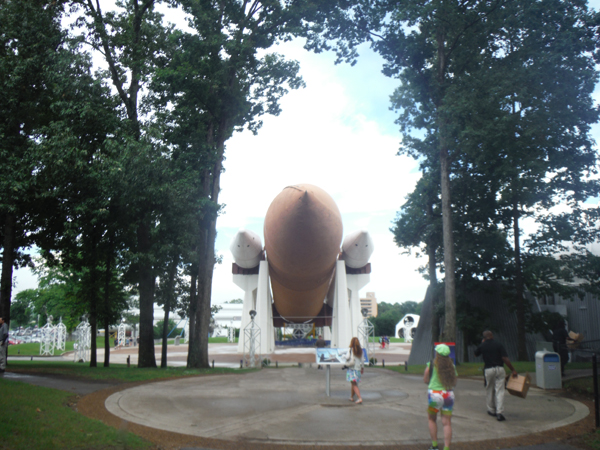
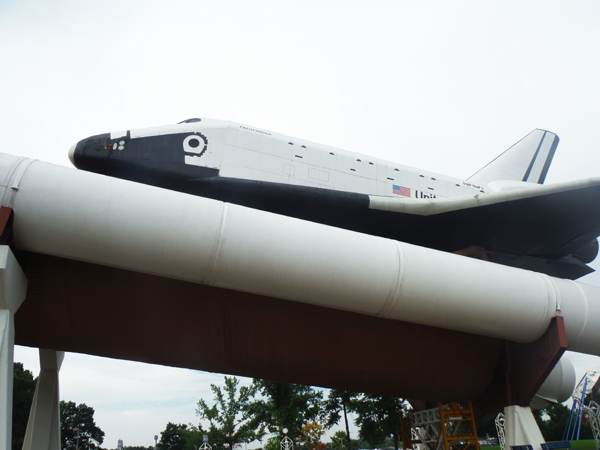
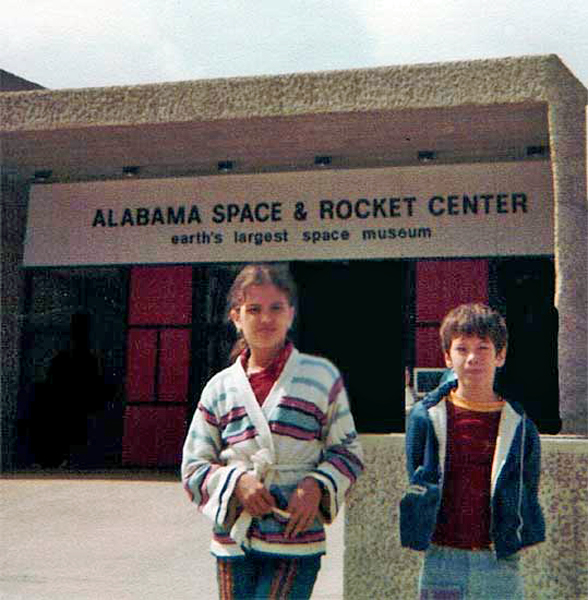
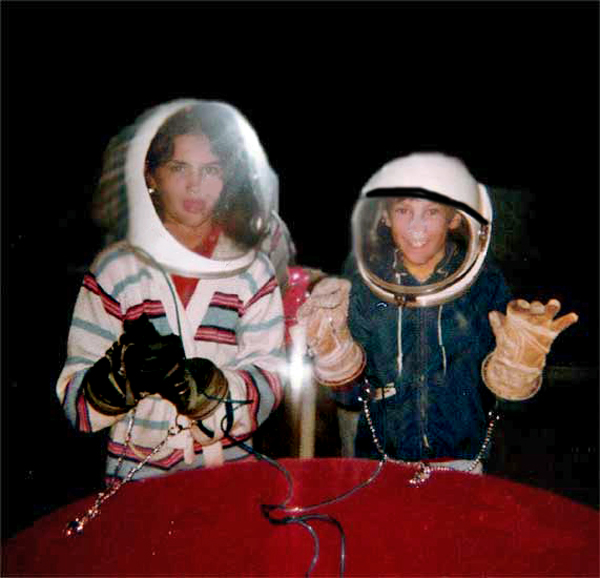
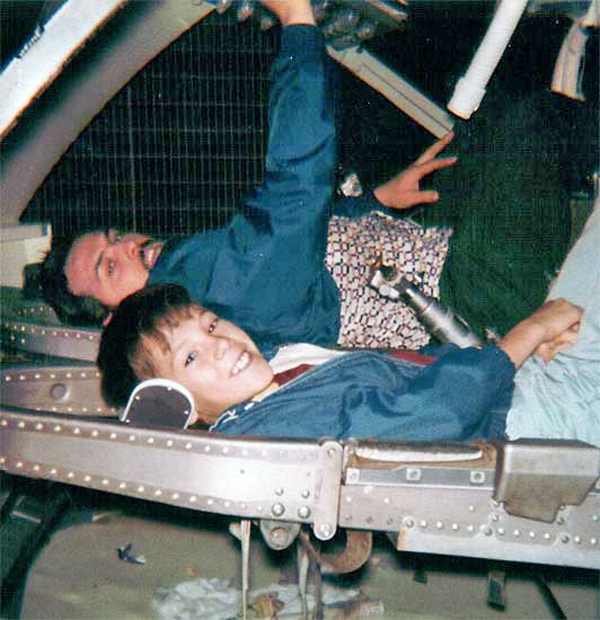
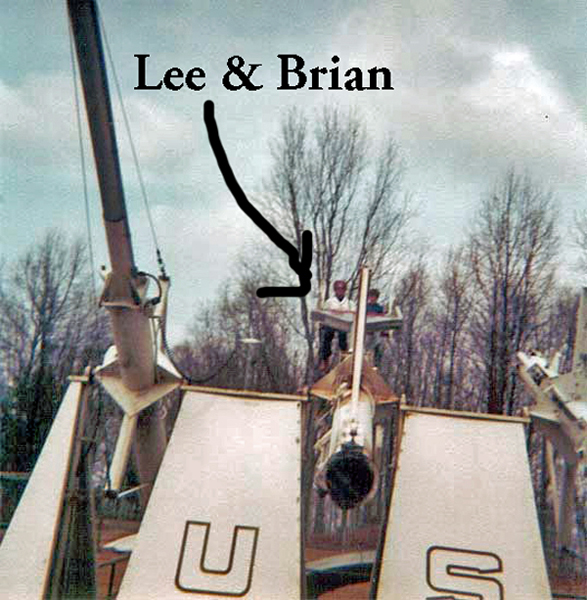
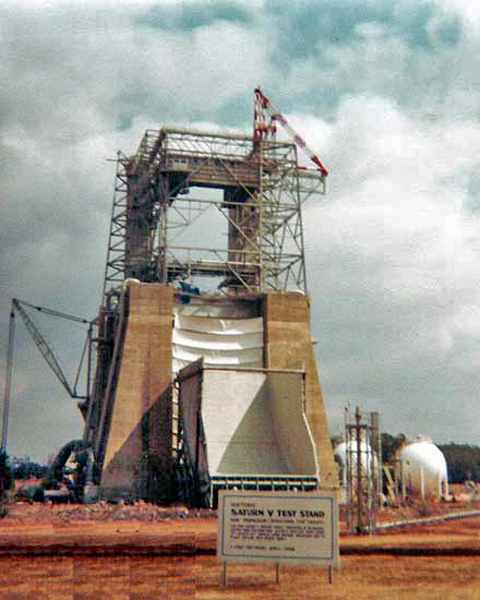
























 Below:
Ilse, Karen and Lee each pushed down on the lever with all the thrust
they could muster. The number shown means how many people with the same
strength would equal the 7,500,00-pound thrust of the Saturn V rocket.
Below:
Ilse, Karen and Lee each pushed down on the lever with all the thrust
they could muster. The number shown means how many people with the same
strength would equal the 7,500,00-pound thrust of the Saturn V rocket.




